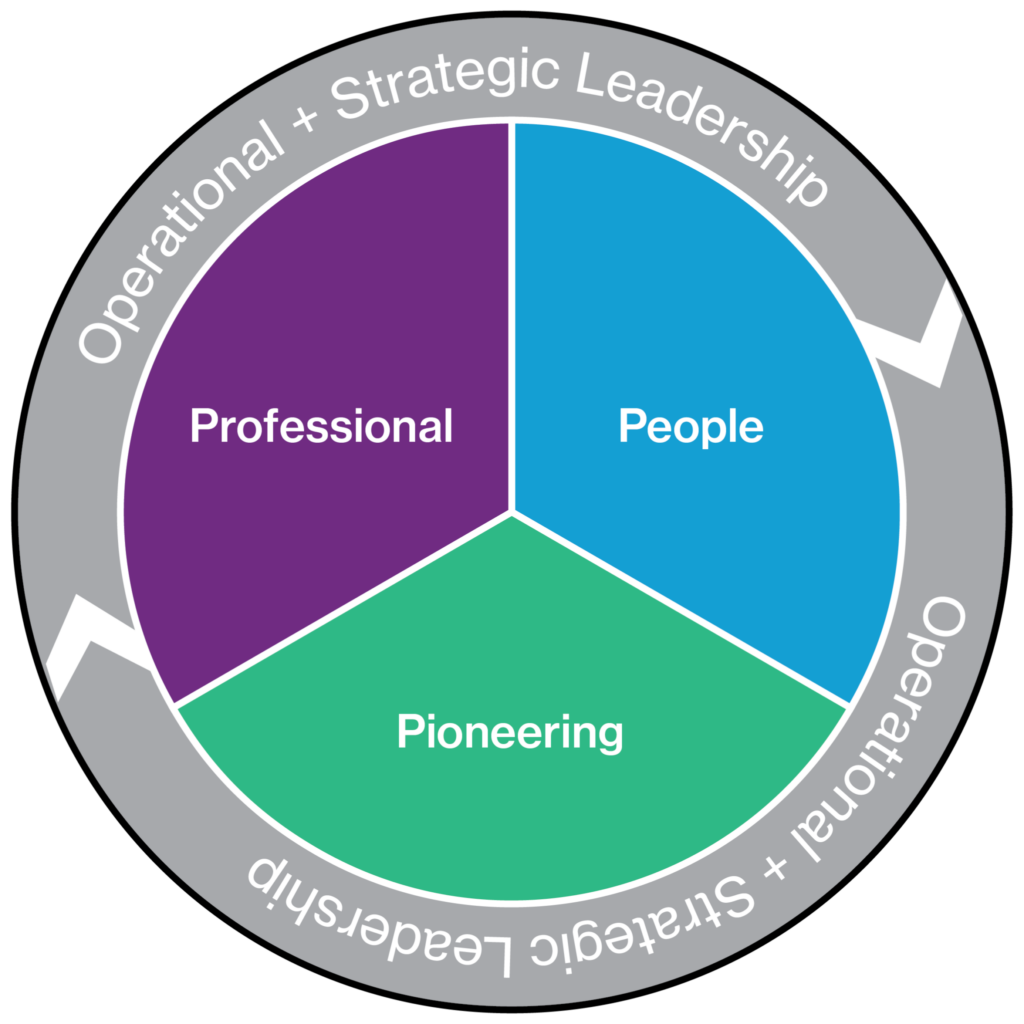Article · 5 minute read
By Lauren Jeffery-Smith – 16th February 2023
Our research has found that 57% of organizations accept 20% or fewer nominations on to their leadership programs. These organizations will be effectively rejecting the majority of current employees who are being considered for these programs, which presents the question:
High-potential programs can be a great way to focus on and fast track the development of high-potential individuals in order to maximize the benefits they can bring to your organization. But what about individuals who are not identified as high potential? Many of them will still provide a really valuable contribution to the organization and it is important to retain and build on their strengths – after all, what is a leader without a team to lead?
Retaining these individuals can be difficult in the context of a program for which they have applied and been rejected. While we would not recommend feeding back to an individual how they have scored on a broad measure of overall potential, as a low score can feel very negative and limiting, we would always recommend providing candidates with useful feedback. This is particularly important for individuals who have been rejected for a program, which can be an especially demotivating experience – so the feedback should be practical, targeted and encouraging.
Our approach to feedback in high-potential projects is two-fold:
Firstly, we provide general advice on areas which would be useful to develop for future potential. Targeting their highest and lowest behavioral areas enables individuals to focus on building existing strengths, and it also highlights those areas which could be holding them back currently.
Secondly, we use career paths derived from our Leadership Impact research. These career paths help identify the most suitable route for them based on the 3Ps of leadership – Professional, People and Pioneering.


Professional leaders are likely to be effective at leading in specialist contexts, focusing on reputation and providing technical knowledge.
People leaders are likely to be effective at managing a wide range of people across teams, functions and geographies.

Pioneering leaders are likely to be effective at identifying new opportunities, driving change and achieving growth.
This approach focuses attention even more on what is practical to develop and helps to determine a realistic career path. For example, an individual may display potential as more of a specialist than a general leader. In a Saville Assessment survey, 96% of organizations said the types of leadership roles they need are diversifying and 48% said the number of specialist roles is increasing.
As well as providing a more targeted approach for their development, this positive framing aims to keep the individual motivated and engaged with the organization and their development, emphasizing that everyone has potential for something. It is well established that development goals and targets need to be SMART – specific, measurable, achievable, relevant and time-bound. By focusing on more specific and relevant areas to develop, they are more likely to see improvements than by trying to develop everything, particularly behaviors which do not come naturally to them and are potentially less useful for their career development.
The Center for Creative Leadership found that the most frequently mentioned way to increase commitment and engagement among high-potential individuals is to help them identify a career path, and it stands to reason that this will also help to increase commitment and engagement in those who have not been identified as high potential.
At Saville Assessment, we believe that everyone has potential for something and will thrive in a role which aligns with their strengths. We are increasingly seeing clients wanting to engage and mobilize a wider pool of talent in their organization, and using career paths is a great way to do this. As well as engaging and retaining talented individuals and providing a more positive candidate experience, it helps organizations develop stronger teams which utilize a broad range of talent and build pipelines for the future.
Lauren is the Wave Portfolio Manager at Saville Assessment, she has spent over a decade leading the development of the Wave portfolio, including creating new applications such as Wave-i and Building Resilient Agility.
You can connect with Lauren on LinkedIn.

Wave-i offers a new way of measuring potential to accurately reveal the types of career or leadership roles individuals will thrive in.
© 2025 Saville Assessment. All rights reserved.